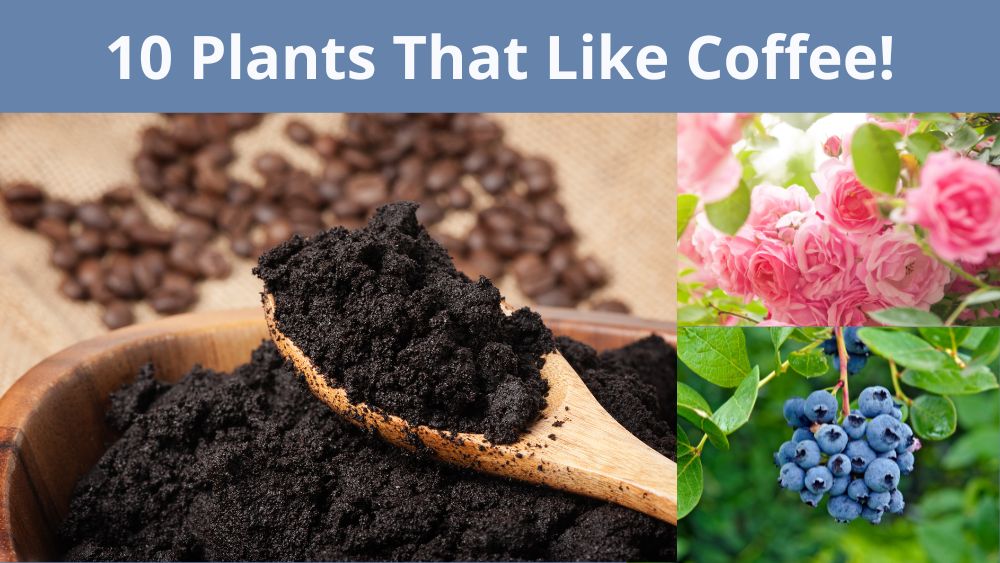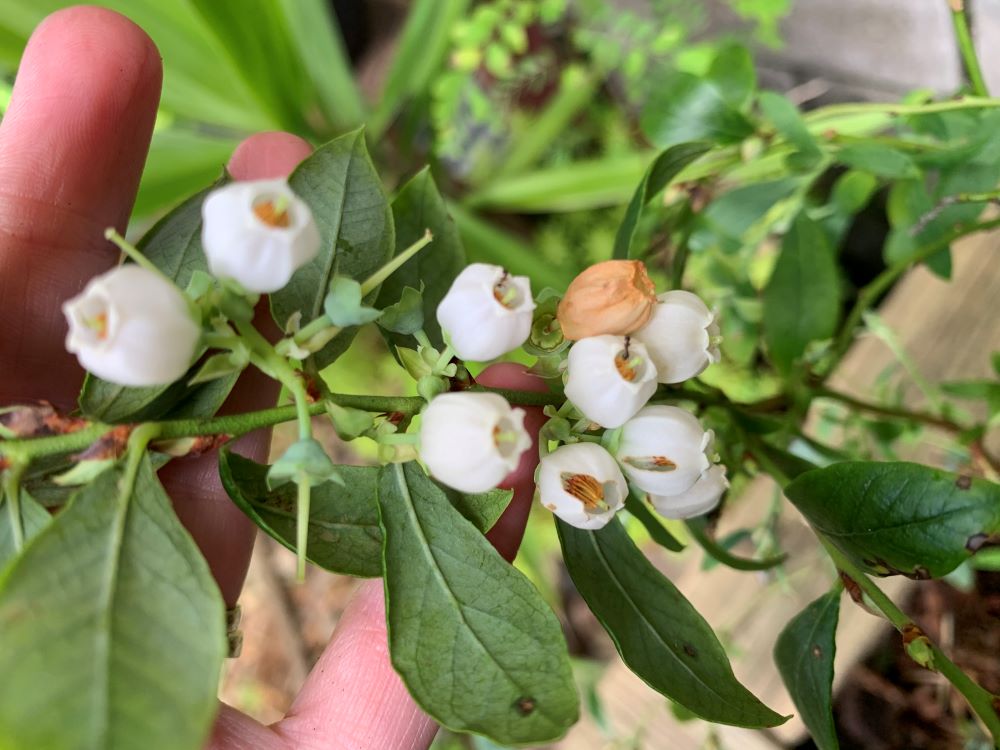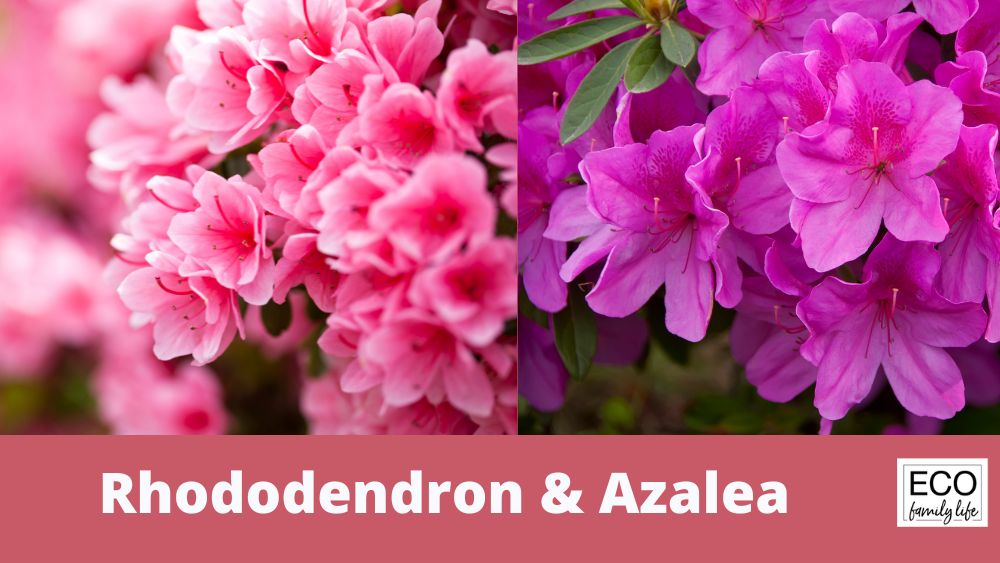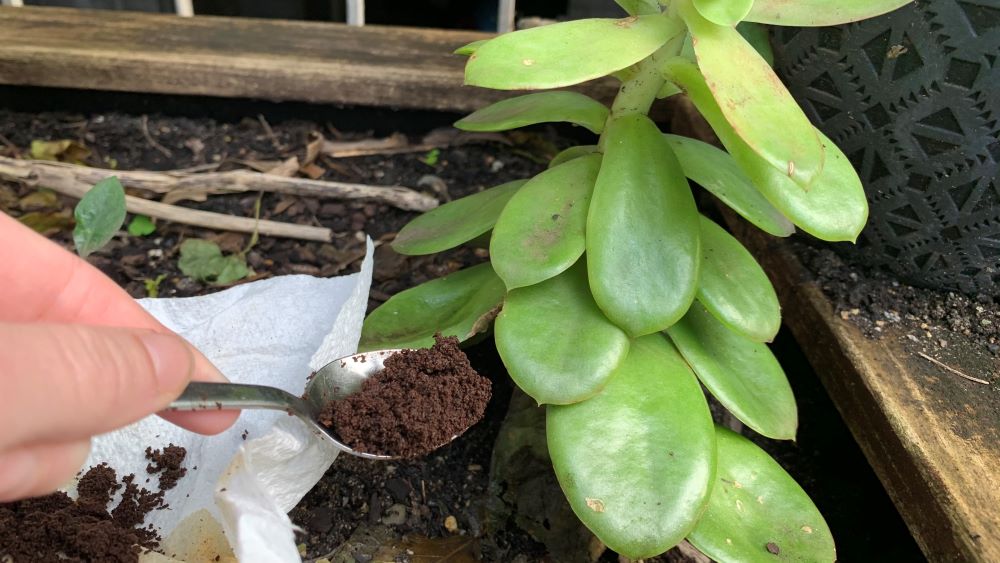Coffee grounds can be used in your garden broken down in compost or added straight to soil. They can help to deter pests and improve the nutrient content in your soil. Plants that like coffee grounds include blueberries, roses, rhododendrons, azaleas and hydrangeas as well as carrots, cabbage and radishes.
Coffee grounds contain varying amounts of nitrogen, phosphorus, magnesium, calcium and iron which are all needed by your plants. Coffee ground can also have varying amounts of residual chemicals depending on how it has been grown or processed. It can also have a variable pH ranging from basic to acidic.

They can be used to deter pests or to add extra organic matter to the soil.
This article will explore the plant that like coffee grounds as well as those that don’t. Find to the best ways to add coffee grounds to your plants to improve the soil and get fast plant growth.
Plants that like coffee grounds
Here are some great plants that like coffee grounds. You can sprinkle small amounts of coffee grounds around the root zone or over the mulch around the plant. Coffee can also be broken down in your compost add added to the soil before planting.
1. Blueberries
Blueberries like acidic soil so adding coffee grounds can help to increase acidity for these plants. Whole coffee grounds can vary in their pH they are often on the acidic side, ranging anywhere from a pH of 5-6.5.

Sprinkle coffee grounds around your blueberry bush to help to add extra nitrogen, calcium, iron and magnesium to the soil.
Depending on how the coffee is processed it can also decrease the pH making the soil slightly acidic and making it a great environment for blueberry bushes.
2. Roses
Roses will appreciate a small sprinkling of coffee grounds around their root zone. Add coffee grounds in spring when the weather is warm and the activity of soil bacteria starts to increase. The soil bacteria will break down the coffee grounds releasing the nutrients into the soil to make them available to your blueberry.

It is best not to add coffee grounds straight to potted roses. This is because the potting soil will have less soil bacteria which means the coffee grounds will not be broken down. Any chemicals left in the coffee grounds can sit in the soil and damage the plant.
You can add coffee grounds to compost and break it down in your compost bin first. Add coffee grounds to your compost so they make up a maximum of 5% of the mix. Let it break down for 6 months and the compost can be added to potting soil to add more nutrients including nitrogen to the mix.
3. Rhododendrons and azaleas
Rhododendrons and azaleas both like a slightly acidic soil and will love the extra nitrogen from the coffee ground. Sprinkle small amounts of coffee grounds around the plant root zone and water it in well. Do this in spring, summer and fall when the soi bacteria will be more active to break the coffee grounds down.

4. Succulents
Large, established succulents planted outdoors will appreciate a small addition of coffee grounds. These grounds will be quickly incorporated into the soil if you have a healthy population of soil bacteria. The key nutrients including nitrogen, calcium and phosphorus will be released and help your succulents to grow.

5. Hydrangeas
Hydrangeas are a beautiful flower and adding the slightly acidic coffee grounds to the soil can actually change their color. When the soil pH is 5.0-5.2 with the availability of aluminum, the hydrangeas will have a blue color. You can add aluminum sulfite to your plants and follow this up with some coffee grounds.
The availability of aluminum and the slightly acidic soils form the coffee grounds will give you beautiful blue hydrangeas.

6. Peace Lilies
Peace lilies like the slight acidity created by adding coffee grounds to your soil. It is best to break coffee ground down in compost first if you want to add them to your potted peace lilies. Outdoor lilies can have coffee grounds sprinkled directly around their roots.

7. Carrots, radishes and cabbage
Carrots, radishes and cabbage are among the list of vegetables that like coffee grounds. Scattering used coffee grounds in a ring around your cabbage can help to protect it from slug and snail attack. The caffeine in the coffee will kill the snails and slugs as they crawl over it.
You can also dilute a shot of coffee in a bottle with water and spray it on the mulch around the cabbage. This will have the same effect. Repeat the process if it rains as the coffee will be washed away.

8. Outdoor plants
Adding coffee straight to outdoor plants in the ground as they active soil bacteria can help to break it down
The exception to this rule are plants that hate acidic conditions including those that are from Mediterranean climates. Other plants that don’t like coffee grounds include tomatoes, clover and alfalfa.
Plants that don’t like coffee grounds
Tomatoes, clovers and alfalfa don’t like coffee ground. Chemicals in coffee ground can slow or inhibit tomato plant growth.
Mediterranean plants also do not like coffee grounds. This includes thyme, rosemary and sage that prefer the neutral soil conditions of the Mediterranean sandstone soils.
Olive trees will not like coffee grounds either as they prefer a neutral to slightly basic soil with a pH ranging from 7.0-8.0.
The best way to add coffee grounds to plants
The best and safest way to add coffee grounds to plants is to first break them down in compost first coffee grounds down in compost. Mix small amounts of used coffee grounds through your compost. Coffee is a green material because it will contain moisture and nitrogen. Balance out the moisture content by adding fall leaves, straw or hay.
Avoid adding compost to your worm farm as the acidity, caffeine and chemicals can harm your worms.
What Plants Like Coffee Grounds? | Summary
Plant that like slightly acidic soils will like having small amounts of used coffee grounds sprinkled around their root zone. Water the coffee in well and do this in spring and summer where soil bacteria are most active. The soil bacteria will break down the coffee to release the nutrients so they can be absorbed by the plant.
If you are not sure or you have plants that are sensitive, break coffee down in compost before adding it to your soil.
Happy growing.
I am an accredited practicing dietitian, experienced gardener and a dedicated cook. I love writing and sharing my experience so you can learn from my successes and mistakes.
